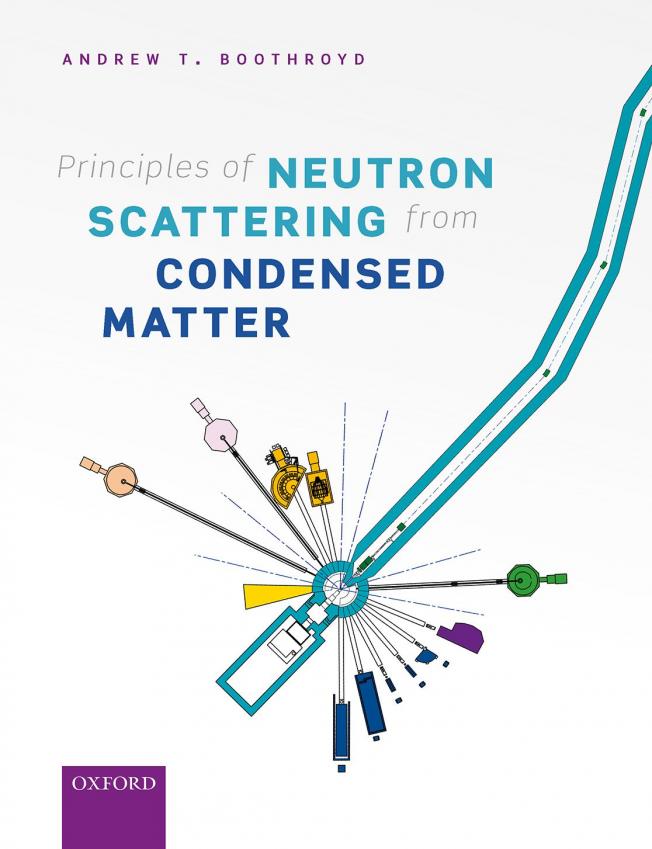Impact of mixed anion ordered state on the magnetic ground states of S=1/2 square-lattice quantum spin antiferromagnets, Sr2NiO3Cl and Sr2NiO3F
Physical Review Materials American Physical Society 6:11 (2022) 114404
Authors:
Y Tsujimoto, J Sugiyama, M Ochi, K Kuroki, P Manuel, Dd Khalyavin, I Umegaki, M Månsson, D Andreica, S Hara, T Sakurai, S Okubo, H Ohta, At Boothroyd, K Yamaura
Abstract:
The magnetic properties of the S=1/2 two-dimensional square-lattice antiferromagnets Sr2NiO3X (X=Cl, F) with the trivalent nickel ions in a low-spin state were studied by magnetic susceptibility, heat capacity, neutron powder diffraction, high-field electron spin resonance (ESR), muon spin rotation and relaxation (μ+SR) measurements, and density functional theory (DFT) calculations. Both oxyhalides are isostructural to an ideal quantum square-lattice antiferromagnet Sr2CuO2Cl2, but the chlorine/fluorine anion exclusively occupies an apical site in an ordered/disordered manner with an oxygen anion, resulting in the formation of highly distorted NiO5X octahedra with an off-center nickel ion. Magnetic susceptibility measurements revealed a remarkable difference between these two compounds: the magnetic susceptibility of Sr2NiO3Cl exhibited a broad maximum at approximately 35 K, which is typical of low-dimensional antiferromagnetic behavior. In contrast, the magnetic susceptibility of Sr2NiO3F exhibited spin-glass-like behavior below 12 K. No anomaly associated with long-range magnetic ordering was observed in the heat capacity, ESR, and neutron powder diffraction experiments. However, μ+SR measurements revealed the emergence of a static magnetic ordered state below TN=28K in Sr2NiO3Cl and a short-range magnetic state below TN=18K in Sr2NiO3F. The DFT calculations suggested that the unpaired electron occupied a d3z2-r2 orbital, and ferromagnetic couplings between the nearest-neighbor nickel spins were energetically favored. The mechanism of ferromagnetic superexchange interactions and the reason for the difference between the magnetic ground states in these nickel oxyhalides are discussed.


